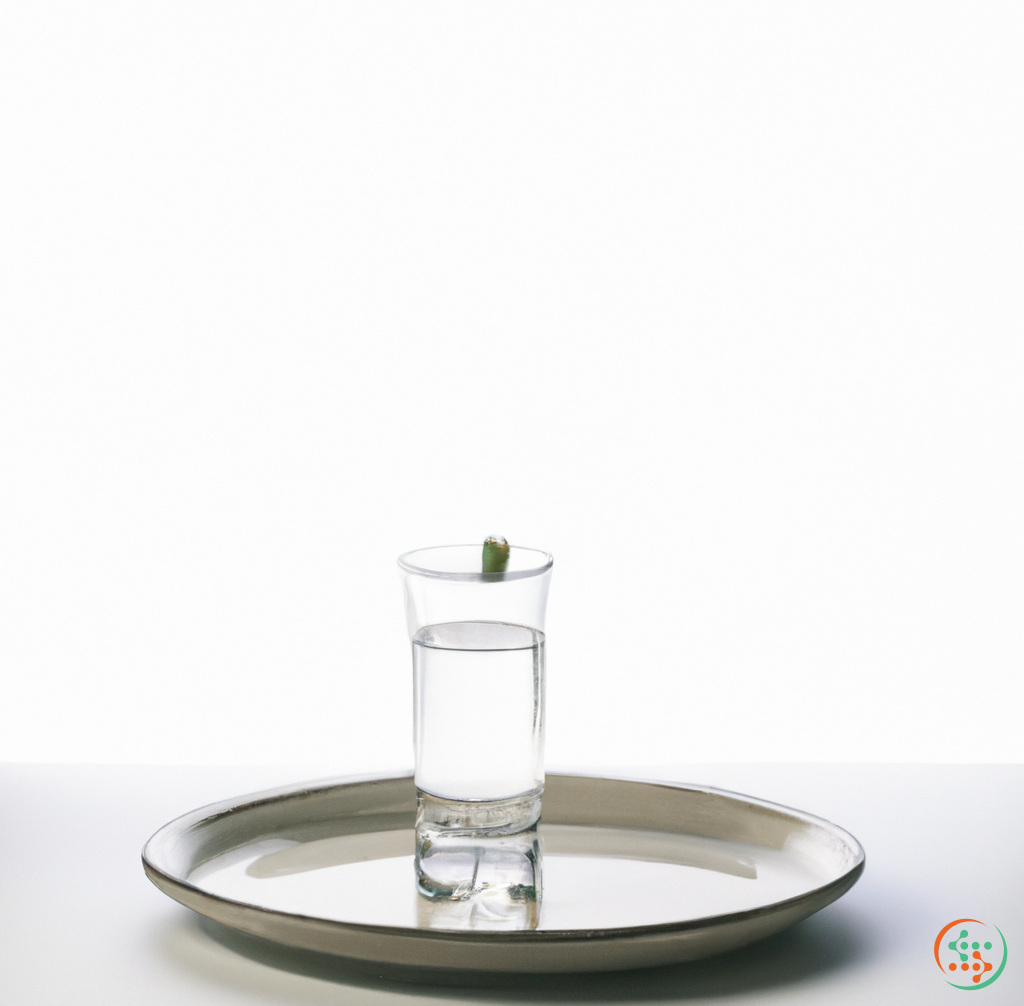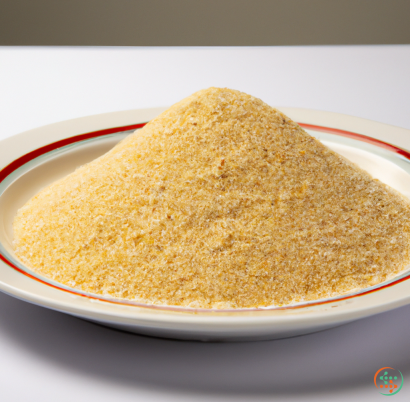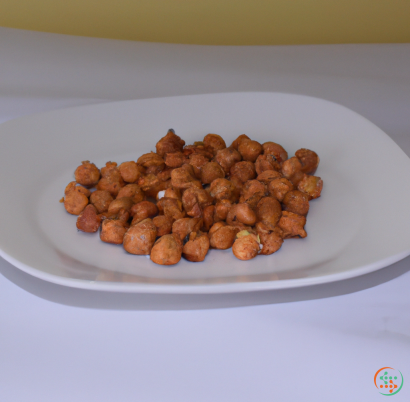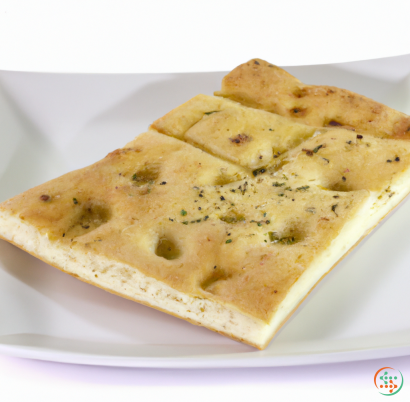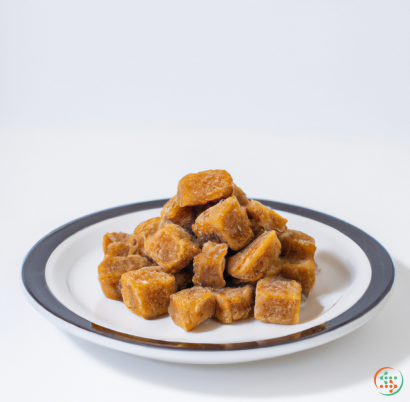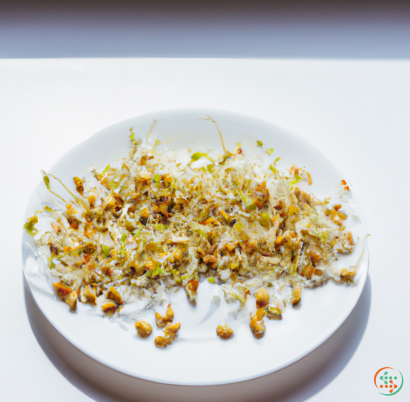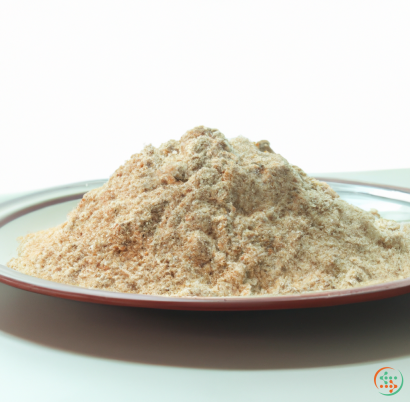Vodka
Vodka is undoubtedly one of the most popular alcoholic beverages in the world. It has been around for hundreds of years and has a wide variety of uses. It is considered to be a strong spirit that is clear and often mild in taste. Vodka is made from a variety of ingredients and can be flavored, blended, or served straight.
So what is Vodka, exactly? It is an alcoholic beverage that is distilled from fermented grains, potatoes, or other materials. The fermentation process begins with any of these materials being milled into a mash that is then fermented with yeast. This mixture is then distilled multiple times to achieve an alcohol content of around 40%. After distillation, the vodka is filtered and usually blended with water prior to being bottled and sold.
One of the main features of vodka is its neutrality in taste– it is odorless and may also be almost tasteless, depending on the ingredients and distillation process used. There are varieties of flavored vodkas available that take advantage of the mildness of the vodka, adding in spices, herbs, fruits, and other ingredients for additional flavor.
There are a few popular types of vodka, including:
-Polish Vodka: This type of vodka is produced from potatoes, grain, or rye. Vodka from Poland is generally 40-45% alcohol by volume. Other countries have their own varieties of vodka as well, but Polish vodka is generally the most popular.
-Russian Vodka: Russian vodka is made from grain and is generally 40-60% alcohol by volume. It is also known for its strength, although it can be enjoyed neat or mixed in cocktails.
-Finnish Vodka: Finnish vodka is a type of malt whiskey distilled from malted grain. It is usually made with barley, rye, and wheat, and it has a strong, smoky flavor. It ranges in alcohol content from 40-50% and can be served straight or mixed with other ingredients.
Vodka is an incredibly versatile beverage that can be drunk alone or mixed with other ingredients to create popular cocktails such as martinis, vodka tonics, and cosmopolitans. Vodka drinks can also be mixed with other ingredients such as fruit juices, sodas, and even Kool-Aid. Additionally, vodka can be used to make traditional Russian dishes, such as Siberian pelmeni (dumplings).
Vodka has a long history, and is enjoyed in every corner of the globe. While each country has its own variation, they all share the same essential ingredients. Vodka is a clear, mild-tasting spirit that can be enjoyed straight or mixed with other ingredients to create a wide range of drinks. Whether you like it neat or in a cocktail, vodka is sure to bring you a great drinking experience.
Vodka and Distilled Spirits: From Vodka Plant to Dinner Plate
From the grains and other starches used in the distillation process to the glass it's served in, vodka is one of the most popular distilled spirits around the world. Creating vodka can be boiled down to seven key steps: selecting the ingredients, milling those ingredients, mashing, fermenting, distilling, filtering, and bottling. From the original plant to a dinner plate, let’s take a look at how vodka makes it from start to finish.
Selection of Ingredients
Before a distiller can even get started on creating the vodka of their dreams, they must first select the vital ingredients: the grains and/or potatoes, yeast, and water. Grains such as wheat, rye, and barley are often used to produce vodka. Similarly, potatoes, molasses, grapes, and other starches can also be used. Other unique ingredients have been used, such as corn and oat, providing extra interesting flavors to the vodka.
The distiller must also select the type of yeast they will use. Brewing yeast is typically used in the distillation process due to its ability to create an ideal amount of alcohol over a short period of time. Beers, as well as other fermented beverages, use a different type of yeast alternatives such as champagne yeast.
Finally, the distiller must also choose the right type of water. Soft water is usually preferred, as it creates a smoother tasting product. Hard water, on the other hand, can cause a bitter taste and can also leave a cloudy appearance to the finished product.
Milling
After the vital ingredients are selected, the distiller must then take the grains and mill them into a finer consistency. This is done in order to help the grains dissolve quicker and easier in the mash, which is described in the next step.
Mashing
Mashing is the process in which the milled grains and other ingredients (potatoes, sugar, and so on) are combined with warm water to form a thick syrup. The result is called a mash, which is a concentrated sugary liquid. This mash is then fermented, producing a liquid known as the “wash”.
Fermenting
At this point, the distiller must add the yeast to the mash. The yeast will break down the sugar molecules in the mash, turning them into carbon dioxide and ethanol, otherwise known as alcohol. The process of fermentation is what gives vodka it’s alcoholic contents. As the mash expands, carbon dioxide is released. For this reason, sealed fermenters must be used in order to avoid accidents during the process.
Distilling
Once the fermentation process is complete, the distiller must then distill the wash, often using a still. During this process, the alcohol and other compounds present in the wash are separated from the other liquids. It is this process that essentially “purifies” the alcohol, thereby producing clear vodka.
For most vodkas, two distillation runs are undertaken. During the first run, the alcohol is separated from the other compounds. During the second run, the alcohol is concentrated further, which can be done through a variety of techniques.
From here, the distiller must decide whether or not they want to add additional ingredients, such as herbs and spices, in order to give their vodka a unique flavor.
Filtering
The vodka is then filtered in order to remove any impurities that may have been left behind in the distillation process. Vodka can be filtered with an activated carbon filter or through a filtration paper.
Bottling
Finally, the vodka is ready to be bottled. The typical bottle that vodka is sold in ranges from 500ml to 1 liters. In many countries, such as the United States, some smaller bottles of vodka are also available.
Once the vodka has been bottled, the process isn’t quite complete. In order to ensure that the vodka has the same flavor each time, the bottles must be aged for a short period of time, anywhere from a few weeks to a few months. Additionally, regulated countries have set requirements for the alcohol levels of vodkas and other distilled spirits, with most being set between 37% and 40%.
The Journey to the Dinner Plate
With the vodka now ready to be enjoyed, let’s explore the journey that the vodka takes from the distillery to the dinner plate. As with many things, the journey begins at the store.
When the vodka has been bottled, it is sent off to its respective stores, which could be in a bar, restaurant, or grocery store. Depending on the store, the prices of vodka can vary greatly. Additionally, depending on the laws regulating liquor sales in that particular country or state, the store in question may or may not be able to make orders online.
Now that the vodka is in the hands of the consumer, it can now make its way to the dinner plate. The variety of dishes that vodka can appear in, however, is quite varied. From the ever popular vodka sauce or simply vodka served neat, depending on their preference.
Vodka has made its journey from the distillery to the dinner plate, creating a fantastic flavor experience with every sip. From the selection of the ingredients to the distillation process, distillers leave no stone unturned in order to achieve the perfect vodka. From being served neat to a flavorful pasta dish, vodka provides a broad spectrum of possibilities when it comes to enjoying the delicious taste of distilled spirits.
| Vitamin B1 | 0.01 mg | |
| Vitamin B2 | 0.01 mg |
| Iron | 0.01 mg |
Daily Value 0.018 g
|
| Phosphorus | 0.005 grams |
Daily Value 1.25 g
|
| Potassium | 0.001 grams |
Daily Value 4.7 g
|
| Sodium | 0.001 grams |
Daily Value 2.3 g
|
| Copper | 0.01 mg |
Daily Value 0.9 mg
|
| Total Sugars | 0 ug |
per 100g
|
